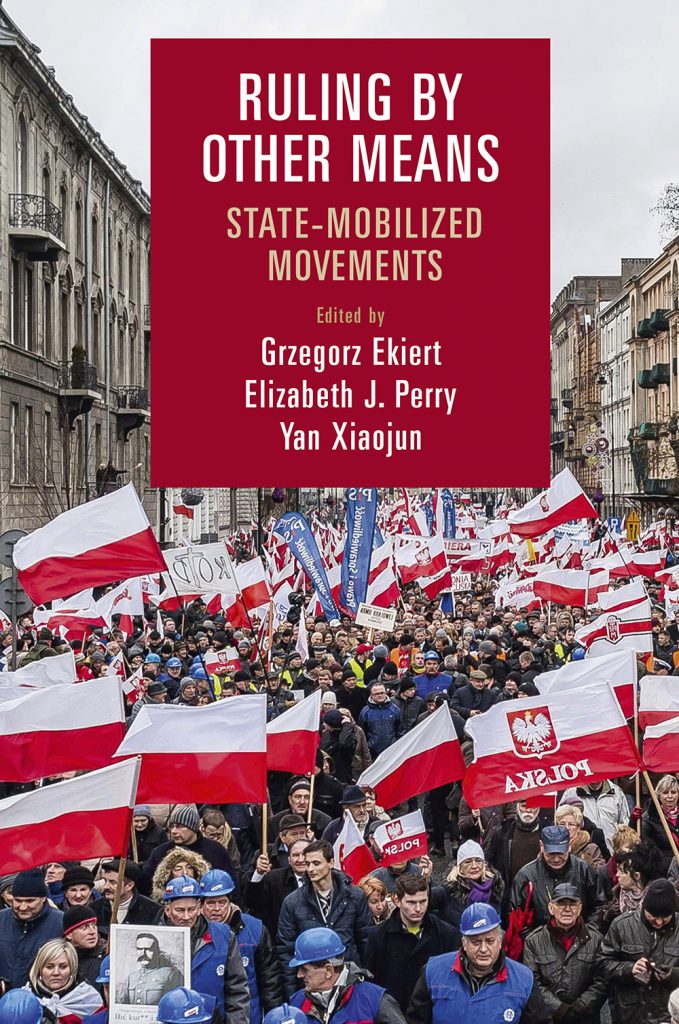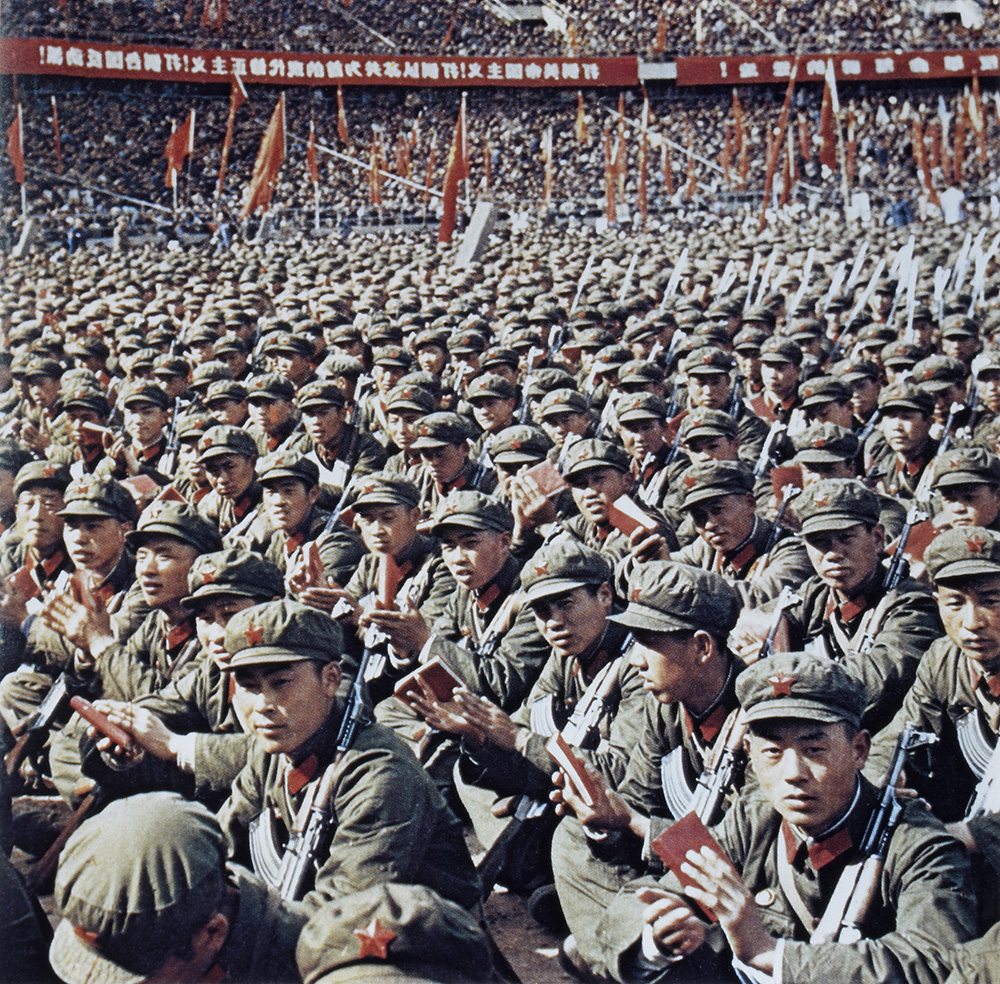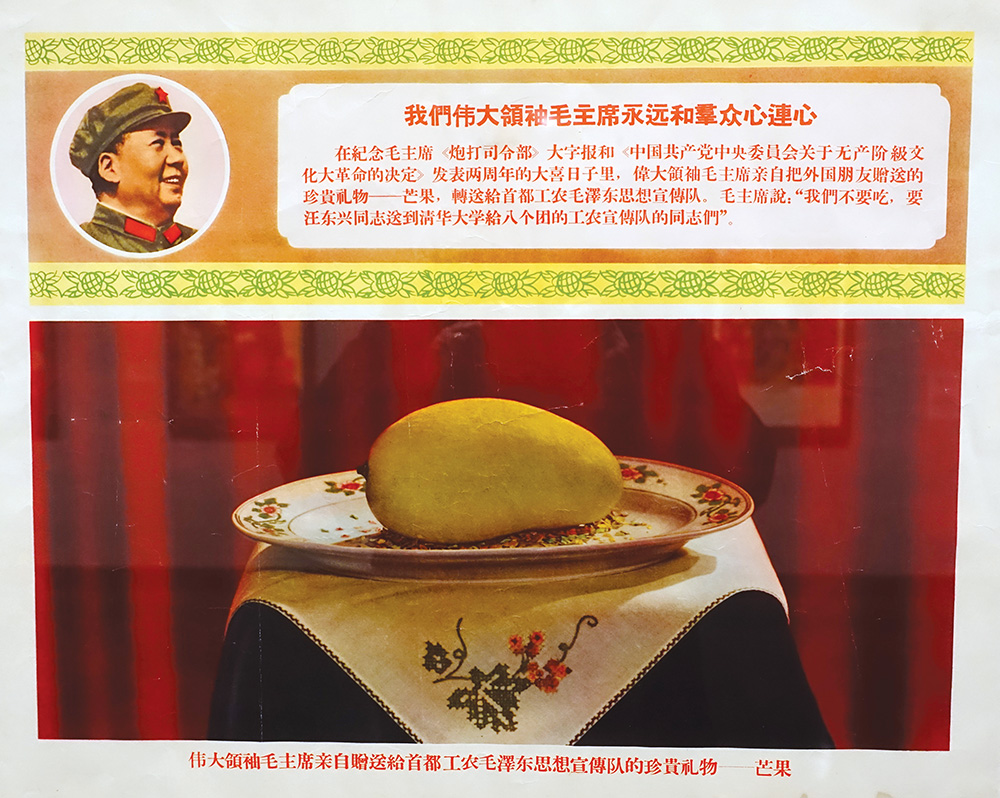November 2020 | Volume 22 No. 1
Protests Sponsored by the State
A new approach to ruling has emerged in recent decades that is shaking up the relationship between the state and society. Governments in diverse areas of the world have been mobilising citizens to execute and give legitimacy to their policy aims, in the guise of a ‘social movement’.
“In the past, we thought of social movements as the weapon of the weak and of disadvantaged social groups who did not have much say in national policies and sometimes went to the streets to fight for their rights and dignity. The target was always the state,” said Dr Yan Xiaojun of the Department of Politics and Public Administration.
“But in the 21st century, we are realising this might be only half of the story. Social movements have also become a very important tool of governance, especially for authoritarian regimes but also democratic states. More and more, they use social movements to achieve their political goals, or to fight their real or imagined enemies. It’s a global phenomenon.”
The phenomenon began to take hold in the post-war era – in places such as Mississippi, where political leaders and white supremacists allied to maintain Jim Crow laws, and China, where Mao Zedong launched both the Red Guards and the workers’ groups that subsequently contained them – and it has accelerated.
Recent examples include the mobilisation of Crimean citizens by Russian allies to oppose Ukrainian rule in 2014, Vladimir Putin’s support for citizen campaigns to change Russia’s constitution so his rule could be extended, Hugo Chávez’s creation of citizens’ groups to back his policy and political goals, and the Hong Kong government’s support for new social groups to counter the Occupy Central movement and the recent protests.
“The study of state-sponsored social movements is surprisingly a new field in political science,” said Dr Yan, who has just edited a new book on the topic, Ruling by Other Means: State-Mobilised Movements, with colleagues from Harvard University. “But it’s really become a global movement.”

Ruling by Other Means: State-Mobilised Movements
Editors: Grzegorz Ekiert, Elizabeth J Perry and Yan Xiaojun
Publisher: Cambridge University Press
Year of Publication: 2020
Pitting different groups against each other
Dr Yan’s own chapter focusses on Mao’s use of worker groups to suppress student-led movements in 1968 and 1989.
In the first case, the Red Guards founded by Mao in 1966 had descended into in-fighting and factionalism. To bring them under control, Mao formed Workers Propaganda Teams for Mao Zedong Thought, comprising factory workers who entered university campuses and put down the most violent Red Guard factions. The teams then uprooted higher education by taking charge of the universities and abolishing the merit-based education and promotion system for one based on political background. The workers’ teams held sway until Mao’s death in 1976.
“There is a famous saying by Mao: the proletariat will enter into the university, will study in the university and will control the university,” Dr Yan said. “This was a success for Mao, but it may not have been to the country’s benefit.”
Students were also targeted in June 1989. Peasants in Beijing were mobilised on June 1–2, 1989 to launch a propaganda war against student protests that could justify a military crackdown. Shanghai followed a different path, mobilising factory workers to directly confront the students, a tactic that avoided bloodshed, although it was formulated after the violence in Beijing.
“The central theme of this book is that the state might not use direct state agents or forces to reach a particular policy goal, but instead mobilise one part of society against another,” he said.

The Red Guards was founded by Mao in 1966 but later descended into in-fighting and factionalism. Mao therefore formed Workers Propaganda Teams for Mao Zedong Thought, which were sent to universities and factories, to bring the Red Guards under control and restore order.

The precious gift – a mango – given by Mao to the Workers Propaganda Teams for Mao Zedong Thought.
Learning from experience
How does the state gain complicity in social movements? During the Cultural Revolution, the cult of Mao made people keen to do his bidding. In 1989, peasants and workers who had benefited from Deng Xiaoping’s reform policies were willing to defend the status quo.
In Putin’s Russia, bribery and payoffs have been used to incentivise people. In Mississippi, existing social structures and groups were tapped for support. In Hong Kong, the government created new social groups specifically to counter the Occupy movement.
States can also sponsor social movements for various purposes – to suppress one group as in China, enforce racial segregation as in Mississippi, take over territories as in Russia or, more constructively, to mobilise support for physical development plans as seen in Taiwan.
“Governments around the world are learning from their experiences how to use state-mobilised social movements,” Dr Yan said. Opponents are learning, too. He pointed to Hong Kong protestors, who disclose the connections of state-mobilised groups to the state, thus undermining their credibility.
“The state in the 21st century is undergoing a transformation. The relationship between the state and society is changing and the boundaries are becoming blurred,” he said. He cited the example of commercial entities conducting censorship in China and managing prisons in the United States. “Prison, according to Max Weber, is a purely state action. But now we don’t know which part is the state and which part is society.”
The state in the 21st century is undergoing a transformation. The relationship between the state and society is changing and the boundaries are becoming blurred.

DR YAN XIAOJUN

